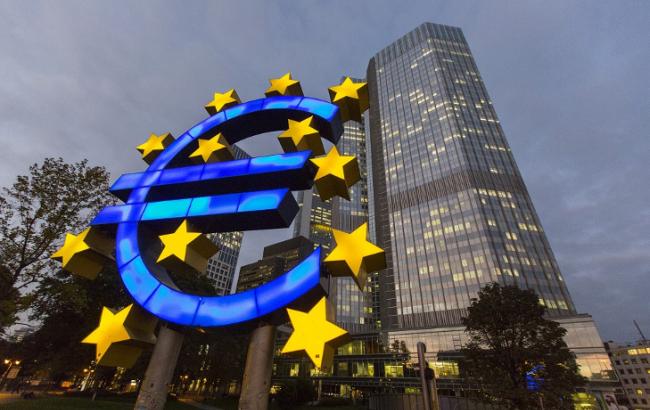The results of the public consultation on the digital euro are public. And citizens and professionals insist on the need to respect privacy. They also call for integration with existing banking and payment systems.
A new step has just been taken regarding the digital euro, the digital counterpart of cash in Europe. No, it’s not about its issuance yet, but about the results of the public consultation.
It is on the basis of this assessment that the authorities will work to decide whether or not to develop a digital euro. What is certain already is the interest in the subject with more than 8000 responses to the ECB’s consultation.
And what lessons can be drawn from this? First of all, the protection of privacy will be a major issue. The first expectation of the respondents regarding a digital euro is indeed privacy (43%).
Next come concerns about security (18%), use within the euro zone (11%), the absence of additional costs (9%), and operation in disconnected mode (8%).
The future digital euro, in order to encourage adoption, will therefore have to take account of these citizens’ expectations. “A digital euro can only succeed if it meets the needs of Europeans,” says Fabio Panetta, member of the ECB’s Executive Board.
“We will do our best to ensure that a digital euro meets the expectations of citizens highlighted in the public consultation,” he adds, even if a decision to issue is not yet on the table.
Does privacy mean anonymity? Less than 10% of the participants in the consultation are in favour of complete anonymity for transactions carried out in digital euros. For professionals, especially merchants, the main concern is to combat illicit transactions.
But the use of a central bank currency also implies other characteristics. These include its integration into an ecosystem. For more than two-thirds of respondents, intermediaries are significant.
These players will provide innovative services that enable access to the digital euro. As a result, CBDC “should be integrated into existing banking and payment systems. “In addition, users want “additional services to be provided on top of the basic digital euro payments. “
“About a quarter of those surveyed believe that a digital euro should make cross-border payments faster and cheaper. They want the digital euro to be usable outside the euro area, but within certain limits,” the ECB further notes.


